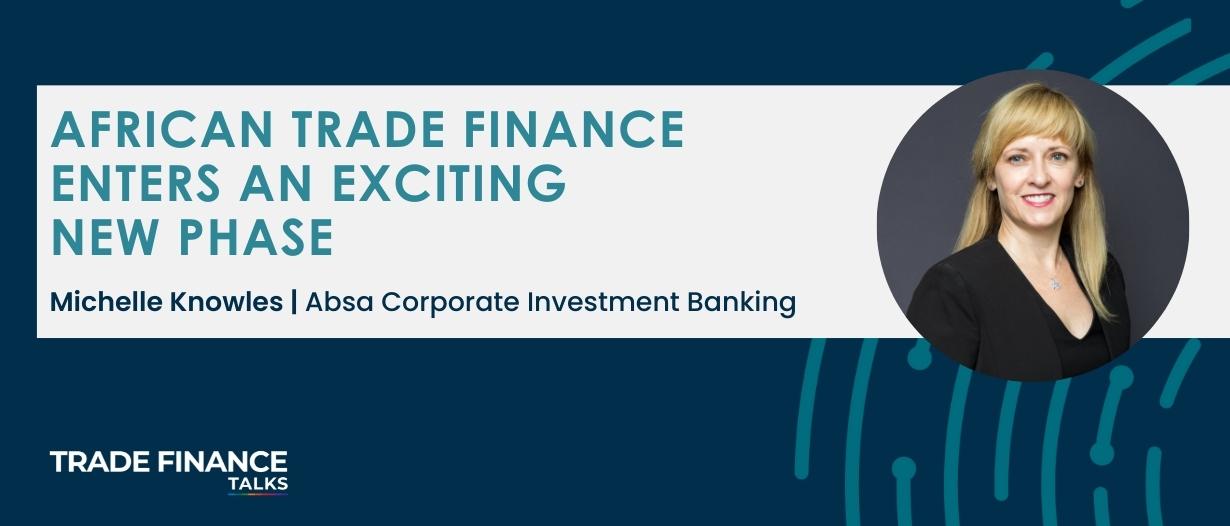Closing Africa’s $100 billion trade finance gap is going to require alignment across a number of ecosystem elements, especially given current geo-political instability and supply chain issues.
Estimated reading time: 4 minutes
It is often debated whether the reported existing trade finance gap, which over the last 3 years has oscillated between $100 billion and $120 billion, will diminish or whether the nature of illiquid, growth-focused, emerging market economies means that the gap will never truly close.
Before 2020 and the COVID-19 pandemic, there had been some meaningful progress; the trade finance gap had dropped to $81 billion. If we can get back to these kinds of levels, a $20-30 billion injection into the small business sector will be welcomed.
However, 2022 has thus far shown no signs of such a return. The world today looks very different, with geo-political uncertainty in Ukraine, Russia, China and Taiwan, amongst others.
This, in turn, has seen spiralling input costs and constraints on supply chains. Considering that a lot of emerging market debt is dollar-based, this again puts pressure on the trade finance ecosystem.
This is perfectly highlighted through a case study of a South African client whose core business was disrupted by events in Ukraine.
The steep increase in input costs and the knock-on impact on escalating freight costs meant that the client had to reinvent its business model completely.
Absa increased an import letter of credit facility from 1.8 billion rand (R) in 2021 to R6.5 billion in 2022 in response to the evolving environment.
The result of this was that the client saw a rise in profitability while maintaining its leading position in the South African market, in addition to a growing market share in Mauritius and The Democratic Republic of Congo.

Surging inflation and rising input costs, coupled with the Central Bank tightening, are likely to result in pressure on emerging market businesses that had just begun to rebuild their balance sheets.
Avoiding a situation where banks start withdrawing credit at a time when businesses are cash-hungry is paramount, especially when these businesses are only just beginning to take advantage of an economic recovery.
Here, it is important to reiterate that, by its nature, trade finance is less risky than other types of financial support for importers and exporters.
According to the African Development Bank (ADB), the average approval rate for trade finance transactions was 88% in 2019, while the average default rate on trade finance between 2017 and 2019 was 7.5%, compared to 11% on other types of non-performing loans.
In Southern Africa, this number was as low as 2% over the period spanning 2011 to 2019. This highlights the power of getting liquidity into the right places in the system, showing how economic activity can be unlocked without the burden of excess risk.
Fortunately, we live in a world which is constantly evolving, and countries will continue to both import and export their goods, particularly as the African continent develops economically.
Furthermore, there have been meaningful developments in terms of digitisation, liquidity, financial inclusion, and involvement from Development Finance Institutions (DFIs) to enhance Africa’s growth prospects.
Jeff Gable, the chief economist at Absa, shares this sentiment, saying, “Despite supply-chain and other global challenges, Africa’s trade flows have really accelerated significantly.
“International Monetary Fund (IMF) data show that the dollar value of Africa’s exports to the world have increased by more than a third over the last year and are up by more than half from pre-pandemic levels.
“Africa is showing similarly exciting increases in trade values within the continent as well, with exports up 37% in the first quarter of 2022 as compared to a year ago, and up more than 40% post-pandemic.”

Approximately 60% of banks that engaged in African trade finance activities received some sort of support from DFIs.
This highlights just how close the relationships between these parties are and why there is excitement around some of the innovation and interest from the DFIs who are focusing time and resources on this market sector.
For instance, the ADB recently approved a $175 million regional trade finance facility for Eastern and Southern Africa, specifically a “strategic effort by the ADB to support the Africa Continental Free Trade Area’s agenda of reshaping markets and economies across the region by helping to boost output in the services, trade, manufacturing, and natural resources sectors.“
This deal is expected to release $2.1 billion in value over the next 3 years.
Absa believes that increasing access to trade finance represents one of the most critical focus areas, with a potential to unlock significant economic activity at relatively low-risk.





























